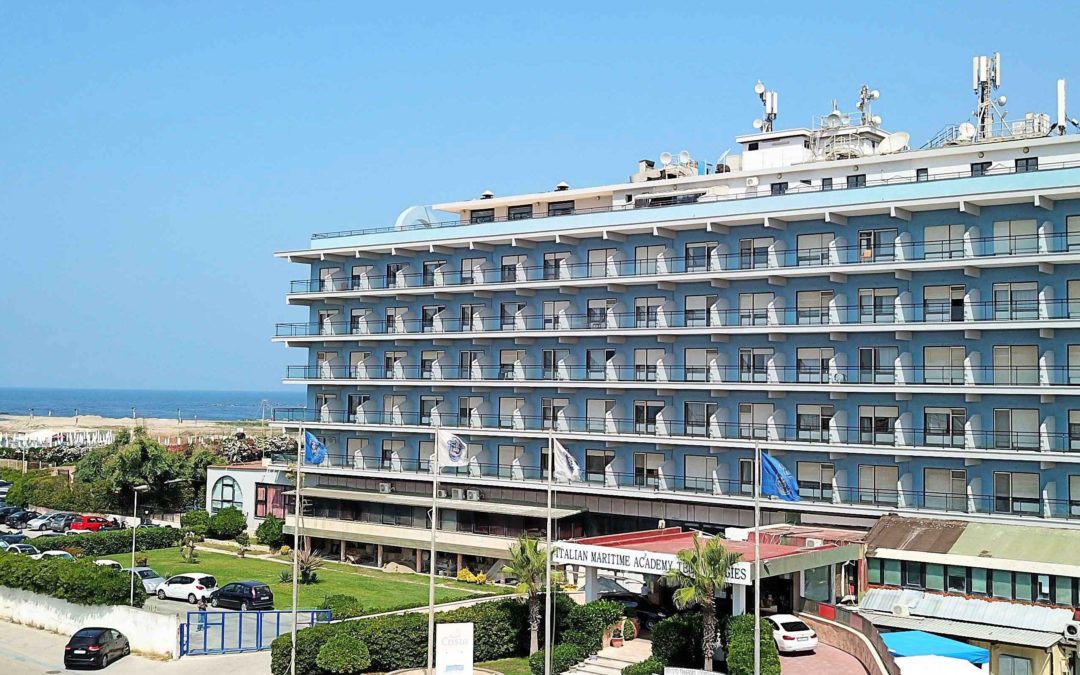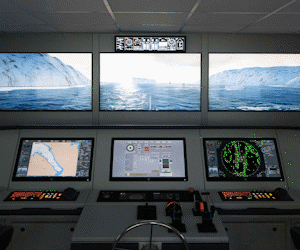IMAT (Italian Maritime Academy Technologies) was founded in 2005.
Since 2013, after an intense and radical restructuring phase, it has had its headquarters in the former Pinetamare hotel complex (transformed into a 165-room nautical school) in Castel Volturno. The meeting between captain Rosario Trapanese, founder and CEO of the centre, and the CA.FI.MA. Group (Cafiero and Mattioli families) of Naples brought about the beginning of this entrepreneurial adventure, “which” the CEO explains
“until today has never used public funding and has operated in full autonomy through the professional and substantial support provided by the partners, the management and all the collaborators”.


